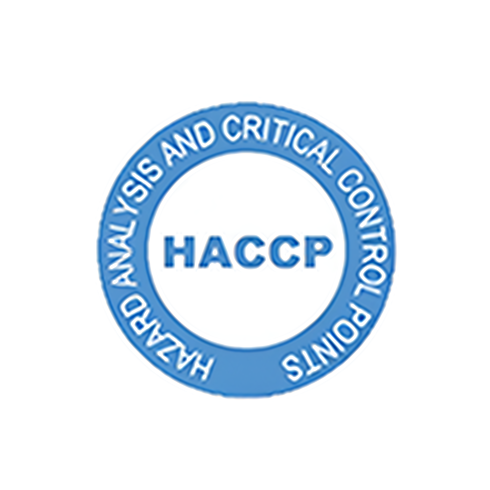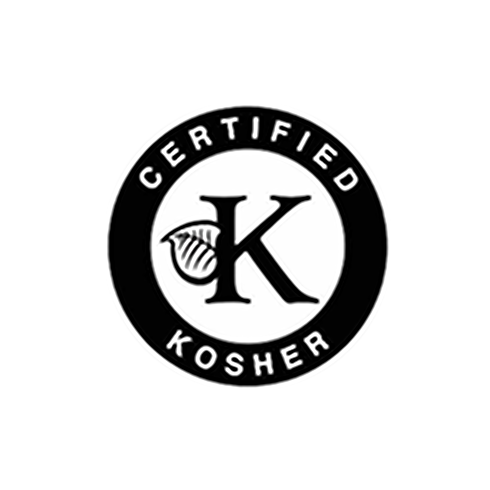Polycystic Ovary Syndrome (PCOS) is a complex hormonal condition that affects metabolism, menstrual cycles, fertility, skin, and mood. While medication and supplements help, exercise is consistently one of the most powerful, evidence-backed tools to manage PCOS — because it improves insulin sensitivity, lowers inflammation, balances hormones, and supports mental health.
Below’s a practical, expert-style guide on what types of exercise work best for PCOS, how often to train, and how to combine movement with nutrition and supplements for sustainable results.
Why exercise matters in PCOS
Women with PCOS frequently have insulin resistance, which drives higher androgen levels and worsens symptoms such as irregular cycles, weight gain, acne, and hair issues. Exercise helps by:
-
Improving insulin sensitivity so glucose is used more effectively.
-
Reducing visceral fat — the harmful belly fat linked to metabolic risk.
-
Lowering inflammation and oxidative stress.
-
Supporting mood and reducing anxiety/depression.
-
Enhancing fertility outcomes by helping restore ovulation in many women.
Put simply: consistent movement rewires metabolism and creates the hormonal environment your body needs to heal.
What experts recommend: types of exercise that work best
A balanced program mixes three evidence-backed components:
1. Resistance / Strength Training (2–4× per week)
Think: bodyweight circuits, resistance bands, free weights, machines.
Why it helps: builds lean muscle, which increases resting metabolic rate and improves insulin sensitivity. Aim for compound movements (squats, lunges, rows, presses) and 20–40 minutes per session.
2. Moderate-Intensity Cardio (3–5× per week)
Consider activities such as brisk walking, cycling, jogging, or dancing.
Why it helps: improves cardiovascular fitness and glucose handling. Sessions of 30–45 minutes are ideal; even 10–15-minute brisk walks after meals reduce post-meal glucose spikes.
3. Low-Intensity Activity & Movement Snacks (daily)
Think: walking breaks, taking stairs, gentle yoga, household activity.
Why it helps: It reduces sedentary time, which, independently, worsens insulin resistance. Aim for a goal of 7,000–10,000 steps when possible.
4. HIIT (High-Intensity Interval Training) — Optional (1–2× per week)
Short bursts of intense work followed by recovery (e.g., 30s sprint / 90s walk).
Why it helps: time-efficient and powerful for improving insulin sensitivity — but start slowly if you’re new or have joint issues.
5. Mind-Body & Recovery (2–3× per week)
Think: yoga, pilates, meditation, and active recovery.
Why it helps: lowers cortisol (stress hormone), improves sleep quality, and supports hormonal balance.
Sample weekly plan (beginner-friendly)
-
Mon: Strength training (30–40 min)
-
Tue: Brisk walk or cycling (30–45 min)
-
Wed: Yoga + light walk (30 min total)
-
Thu: Strength training (30 min)
-
Fri: Brisk walk or light HIIT (20 min)
-
Sat: Active outdoor activity (hike, dance)
-
Sun: Rest or gentle stretching
Adjust volume and intensity based on fitness level, energy, and symptoms.
Practical tips for success
-
Start small & be consistent. Even 15 minutes daily beats an all-or-nothing approach.
-
Prioritize progressive overload. Gradually increase reps, weight, or duration to keep improving.
-
Pair exercise with a PCOS-friendly diet. Focus on low-glycemic carbs, lean protein, healthy fats, and fibre.
-
Time for some activity after meals. A 10–20 minute walk after eating reduces glucose spikes.
-
Track, don’t obsess. Monitor energy, mood, sleep, and menstrual changes rather than just weight.
-
Sleep & stress matter. Poor sleep raises cortisol, which counteracts fitness gains. Consider Sleep Management Capsule or Sleep Well Effervescent if needed, under medical advice.
-
Stay hydrated. Electrolyte Effervescent Tablets help during long workouts or hot climates.
Supplements that complement exercise for PCOS
While exercise is central, certain supplements can support recovery, energy, and hormonal balance when used along with a healthy lifestyle:
-
PCOS Relief Tablets / PCOS Balance Capsules — supports insulin and hormonal balance.
-
Multivitamin Capsule or Effervescent Tablet — fills nutritional gaps that can impair energy and recovery.
-
Women’s Choice Tablet — targeted support for hormonal health and micronutrients.
-
Electrolyte Effervescent Tablet — helps hydration during workouts.
-
Collagen + Glutathione Effervescent Tablet — supports skin repair and connective tissue.
Always consult your healthcare provider before starting supplements, especially if you’re on medication or planning pregnancy.
When to see a clinician
If you experience severe symptoms, uncontrolled blood sugar, or new chest pain/dizziness during exercise, stop and seek medical advice. Also get regular medical checks: glucose, HbA1c, thyroid function, and androgens as recommended.
Final word
Exercise isn’t a cosmetic add-on for PCOS — it’s a cornerstone of effective management. When combined with targeted supplements, balanced nutrition, stress reduction, and quality sleep, movement becomes a powerful tool for restoring hormonal balance, improving fertility, boosting mood, and reducing long-term health risks. Start small, stay consistent, and build a routine that fits your life — your body will thank you for it.










